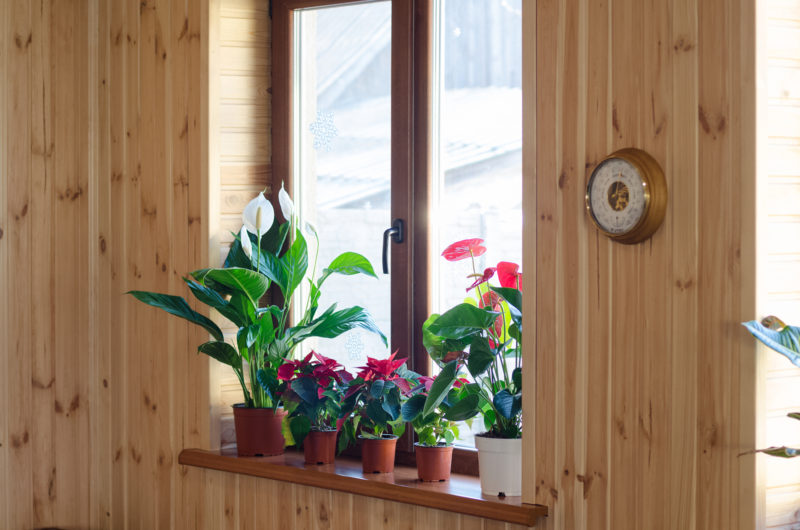
Most Americans spend a lot of time indoors. While that time is split between home, work, and cars, the concentrations of many harmful pollutants are two to five times higher inside your home than outside. High amounts of contaminants in the air can affect anyone in your family that has asthma or allergies, as well as cause adverse reactions in those without respiratory ailments. However, there are ways to combat poor indoor air quality. To keep your family breathing easier and improve your overall health, try these hacks to improve your Tierra Verde, Florida home’s indoor air quality.
Get Some Houseplants
In 1989, NASA researchers led a study to find out what type of plants could filter toxins out of the air. Although the point of the study was to find houseplants to reduce or eliminate the effects of sick building syndrome in commercial buildings, the same principle works for your home.
Aloe vera, spider plants, Boston ferns, and azaleas are just a few of the plants that have been shown effective at removing formaldehyde and volatile organic compounds, or VOCs from the air. Plus, they add a touch of color to your home decor.
Schedule an HVAC Tuneup
When you schedule a tuneup with us, our technician will take the time to go over every component of your furnace and air conditioner. Both of these systems contain hundreds of sensitive elements that need attention and care. Although the main advantages of getting an HVAC tuneup include improved efficiency and monthly energy savings, it can also help improve your indoor air quality.
By having an air conditioner and furnace tuneup, you can make sure your system gets adequate air flow, filtration, and ventilation. This helps remove contaminants from the air that would otherwise get blown into your home.
Consider an Additional Air Quality Product
While plants naturally remove particles and contaminants from the air, they might need some help from time to time. Fortunately, we stock some of the best indoor air quality products that connect right into your home’s HVAC system. One example is an air cleaner. These devices help remove particles from the air, but they also trap more pollen, dust, and pet dander than a simple air filter.
Control Humidity
Even if you use an air cleaner to remove harmful contaminants from your home, you don’t want to forget about humidity controls. High humidity can cause the inside of your home to become a breeding ground for viruses, mold, and dust mites, while low humidity can dry out the skin and sinuses, causing nosebleeds and respiratory ailments.
Because so much of your health hinges on humidity, you should do everything you can to regulate it. According to the EPA, your humidity should be between 30 percent and 50 percent depending on the temperature and humidity outdoors. While your air conditioner usually does a decent job at keeping humidity within this range, a whole-home humidifier or dehumidifier can help immensely. Not only will you breathe easier, but you’ll also feel more comfortable in the house.
Change Your Filter
The filter is your home’s first line of defense against harmful contaminants. For just a few bucks, you can make sure it’s clean and working as well as it can. When you fail to change the filter, it can’t remove harmful elements, and the reduced air flow puts an extra workload on your HVAC system. As long as you remember to replace the filter every 30 to 90 days, you should reap the benefits of a clean one.
You can’t put a price on your family’s health, but once you consider how easy it is to employ these hacks, you shouldn’t have any reason to neglect indoor air quality. If you need a professional for installation, tuneups, or any other repairs, contact Pinellas Comfort Systems. Our expert technicians will provide the utmost in quality and professionalism, so you can get on with your day. Give us a call today at (727) 315-0791.
Image provided by Bigstock

